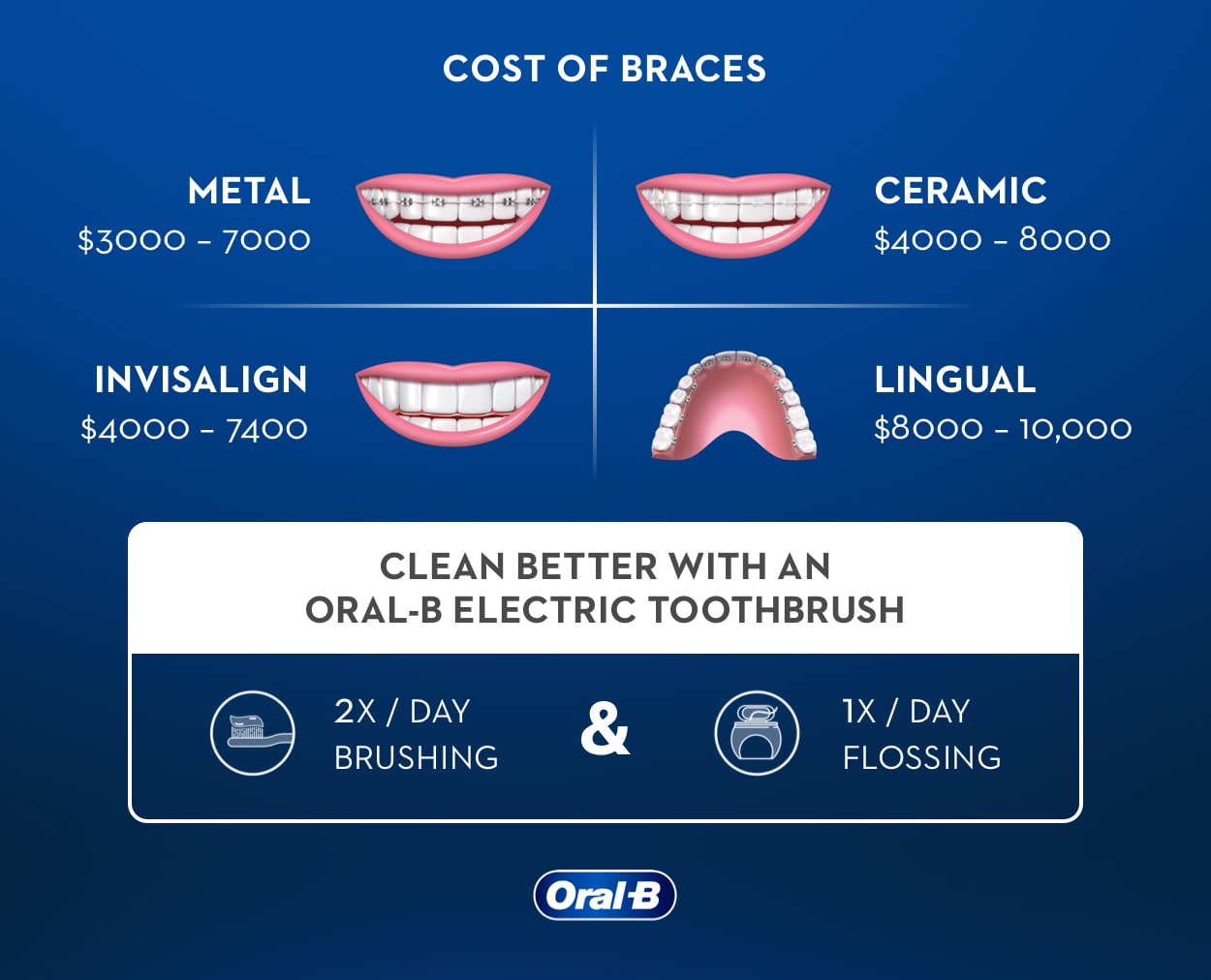The Advantages of Picking a Cumming Orthodontist for Your Braces and Aligners
The Advantages of Picking a Cumming Orthodontist for Your Braces and Aligners
Blog Article
Comprehensive Guide to Orthodontics Procedures for Remedying Oral Imbalances
In the realm of orthodontics, the trip to attaining a flawlessly aligned smile entails a myriad of procedures tailored to correct oral misalignments. From typical dental braces to undetectable aligners and also surgical options, the field of orthodontics supplies a variety of solutions to resolve varying degrees of dental abnormalities. Recognizing the complexities of each treatment, including their devices, advantages, and possible drawbacks, is critical in making notified decisions concerning one's orthodontic therapy. As we navigate via the extensive overview to orthodontic procedures for fixing dental imbalances, the detailed details of each technique will certainly unfold, clarifying the path toward a useful and harmonious oral placement.
Orthodontic Procedures Overview

Routine changes and tracking are important parts of orthodontic therapy to guarantee progress is on track and to make any kind of essential modifications along the way. By undertaking orthodontic treatments, clients can not just accomplish a straighter smile however also improve their total dental health and feature.
Typical Dental Braces: How They Work
When thinking about orthodontic therapies for oral imbalances, typical braces stand out as a tried and true technique for remedying teeth positioning. Conventional dental braces consist of braces, cords, and bands that function together to use constant pressure on the teeth, slowly moving them into the preferred alignment.
One secret aspect of exactly how typical braces work is the procedure of bone improvement. As pressure is put on the teeth with the braces, the bone bordering the teeth is improved to sustain the brand-new tooth settings. This improvement is essential for the lasting security of the fixed positioning. Clients will require normal changes at the orthodontist's workplace to ensure the braces continue to use the right pressure for reliable teeth movement.
Undetectable Aligners: Cons and pros
These clear, customized trays are practically undetectable when used, making them an appealing choice for people seeking a much more visually pleasing orthodontic therapy. Patients can eliminate the aligners before eating or cleaning their teeth, minimizing the danger of food obtaining stuck in the home appliance and simplifying the cleaning procedure.

Surgical Orthodontic Options
Surgical interventions in orthodontics present best site practical options for addressing complicated dental imbalances that may not be successfully resolved via standard orthodontic treatments. While unnoticeable aligners and typical braces can correct numerous orthodontic concerns, certain cases require medical treatment to accomplish optimal results. Surgical orthodontic choices are typically suggested for extreme malocclusions, substantial jaw discrepancies, and cases where the underlying bone structure needs modification to accomplish proper placement.
One common surgical orthodontic procedure is orthognathic surgical treatment, which entails repositioning the jaws to fix functional problems such as difficulty speaking or chewing. This surgical treatment is usually carried out in partnership with an orthodontist who helps line up the teeth before and after the procedure. Surgical orthodontics might also entail procedures to reveal affected teeth, eliminate excess periodontal tissue, or improve the jawbone to produce a much more harmonious facial profile.
Prior to thinking about medical orthodontic choices, clients undergo a detailed analysis to identify the requirement and possible benefits of such interventions. orthodontist. While surgical procedure may appear challenging, it can dramatically boost both the function and aesthetic appeals of the smile in situations where conventional orthodontic treatments fall short
Retainers and Post-Treatment Treatment

Failing to conform with post-treatment treatment directions can result in regression, where the teeth gradually move back towards their initial settings. Consistent retainer wear, good dental hygiene, and normal oral examinations are vital for preserving the results attained with orthodontic surgical procedure and making certain the long-lasting security of the dealt with oral positioning.
Verdict
In verdict, orthodontic procedures offer different choices for fixing oral misalignments. Surgical orthodontic choices are readily available for extra extreme misalignments. On the whole, orthodontic procedures can properly improve oral health and visual look.
As we navigate via the comprehensive overview to orthodontic procedures for fixing oral imbalances, the intricate details of each technique will unravel, dropping light on the path towards a functional and unified oral alignment. - cumming aligners
One of the most typical orthodontic therapies is the usage of braces, which are composed of steel brackets and cords that use mild stress to gradually change teeth right into the preferred setting.When taking into consideration orthodontic treatments for dental imbalances, standard braces stand out as a tried and true technique for dealing with teeth positioning. Furthermore, invisible aligners might not be ideal for complicated orthodontic concerns that call for more considerable teeth movement, as they are typically suggested for light to moderate instances. Retainers are custom-made orthodontic devices created to hold teeth in their fixed placements after the conclusion of orthodontic therapy.
Report this page